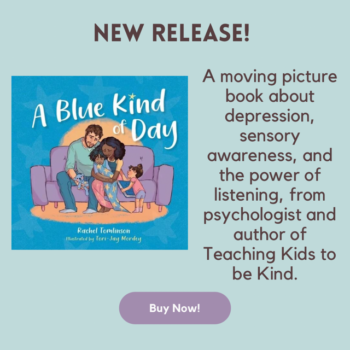Ever feel like you are stuck in an endless cycle of, no? “No Sammy, get down from there” “No Imogen put that down” “No hitting” “No, no, no, no, NO!” It is incredibly easy to get stuck in this loop, but it is also a word that ceases to have meaning for our kids the more we use it.
As parents we use the word “no” (and all the other iterations like; don’t stop, etc) to try and stop our children from doing something, usually an activity that is dangerous or inappropriate in some way. However, as we use the word with frequency our kids can become almost immune to it. This is due to psychological concepts of semantic satiation and mental fatigue (1). These are fancy ways of saying that if we use a word too often, in this case, “No”, it can desensitise our child to what the word really means.
I can hear you asking, but if I can’t say no, how can I put in place boundaries and get my child to listen? Firstly, it’s important to explore that boundaries are essential for children, not only are they better able to manage their feelings because they feel safe and secure when things are consistent and they know what to expect. But also, children need to know about limits and social expectations they need to adhere to in order to stay safe and well. So, it’s definitely ok to be firm and have clear boundaries, it’s just how we deliver and enforce the boundary that can help it to be more effective.
Here are some effective strategies for getting kids to listen without having to say “No”
- Focus on the “dos”, not the “don’ts”. When we focus on what we don’t want our kids to do, it actually draws more attention to it. So instead tell them what behaviour you do want to see. For example; instead of saying “No, don’t climb on the sofa” you could reframe and say “Remember the sofa is for sitting on” and remind them of the most appropriate use of a sofa.
- Think about the last time you said yes to your child? If you want them to hear and respect when you say no, then you need to balance it out with some yesses. Does your child want to wear a tutu to go grocery shopping? Sure, why not. Do they want to eat a cheese sandwich for the 17th day in a row for lunch? Of course! If we say no to everything, we are also limiting our children’s desire to feel in control and independent (age and developmentally appropriate levels of independence of course), so they can often resort to challenging behaviour or defiance in order to feel in control. So let them have some choices, pick your battles and say yes more often.
- Redirect them! Instead of using the word no, try and identify the need being met behind their behaviour and then redirect them. Not only do you experience a stronger connection with your child because when you are attuned to them, they feel heard and affirmed, but having your emotions validated can reduce the intensity of the emotion (cue calmer kids), but a secondary benefit is that they are learning resilience and problem-solving if we can show them appropriate ways to get their needs met, or delay/wait for things. For example; if you see your child kicking and throwing their toys, instead of saying “No Henry, don’t throw your things” you could try “Henry, I see you feel like throwing things and moving your body, shall we go outside and throw a ball together?”
- Show them! Get your child to listen by modelling the behaviours you want to see. For example, instead of saying “No hitting” you could show them “We use gentle hands with our friends” and then demonstrate what gentle hands look like.
- Use your non-verbal communication to help get your point across. Yelling or saying the same words over and over isn’t effective, and certainly doesn’t get our children to listen any harder. Instead, stop and get down to their level, keep a neutral face (be careful of scowling or grimacing), keep your body posture open and calm (no crossed arms or clenched fists) and use a gentle and quiet tone of voice and then use some of these other tips to really enhance the effectiveness of your message. When you get quiet your kids need to tune in to listen.
Although I have given some strategies to help break the ineffective cycle of “No”, it doesn’t mean that you can’t or shouldn’t use the word no. Just try and save the word for emergencies. Unless something is critical or you need your child to immediately stop what they are doing, try to pause for a moment and consider using another strategy when you respond to your child. Allow yourself to take a deep breath, reflect and take the opportunity to move towards behaviour aligned with your parenting goals and preferences.
- Leon Jakobovits James (April 1962). “Effects of Repeated Stimulation on Cognitive Aspects of Behavior: Some Experiments on the Phenomenon of Semantic Satiation”. Retrieved 2018-08-13.








